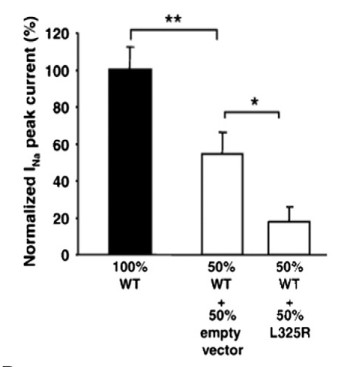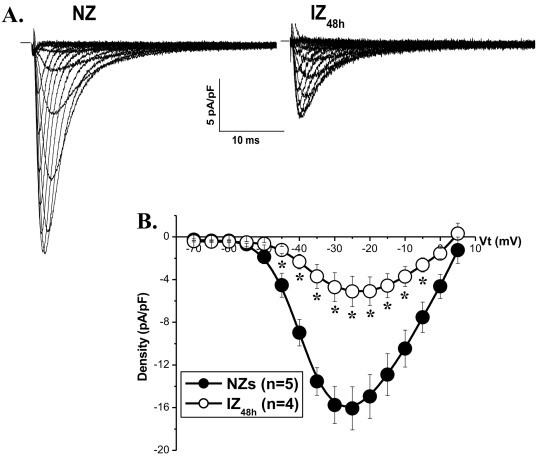- Home
-
Screening
- Ionic Screening Service
-
Ionic Screening Panel
- Ligand Gated Ion Channels
- Glycine Receptors
- 5-HT Receptors3
- Nicotinic Acetylcholine Receptors
- Ionotropic Glutamate-gated Receptors
- GABAa Receptors
- Cystic Fibrosis Transmembrane Conductance Regulators (CFTR)
- ATP gated P2X Channels
- Voltage-Gated Ion Channels
- Calcium Channels
- Chloride Channels
- Potassium Channels
- Sodium Channels
- ASICs
- TRP Channels
- Other Ion Channels
- Stable Cell Lines
- Cardiology
- Neurology
- Ophthalmology
-
Platform
-
Experiment Systems
- Xenopus Oocyte Screening Model
- Acute Isolated Cardiomyocytes
- Acute Dissociated Neurons
- Primary Cultured Neurons
- Cultured Neuronal Cell Lines
- iPSC-derived Cardiomyocytes/Neurons
- Acute/Cultured Organotypic Brain Slices
- Oxygen Glucose Deprivation Model
- 3D Cell Culture
- iPSC-derived Neurons
- Isolation and culture of neural stem/progenitor cells
- Animal Models
- Techinques
- Resource
- Equipment
-
Experiment Systems
- Order
- Careers
Nav1.5
Nav1.5 (SCN5A) is an integral membrane protein and tetrodotoxin-resistant voltage-gated sodium channel subunit. Nav1.5 is found primarily in cardiac muscle, where it mediates the fast influx of Na+ ions (INa) across the cell membrane, resulting in the fast depolarization phase of the cardiac action potential. As such, it plays a major role in impulse propagation through the heart. Hundreds of genetic variants have been found in patients with a long list of cardiac manifestations. Mutations in NaV1.5 induce a vast number of cardiac diseases:
- Inherited cardiac channelopathies LQTS
- Brugada syndrome
- Sick sinus syndrome (SSS)
- Progressive cardiac conduction disease (PCCD)
Genetic variations in SCN5A are also linked to other inherited disorders characterized by structural alterations of the heart.

Fig. 1 Functional and qualitative representation of Dominant Negative variants L325R of Nav1.5

Fig. 2 Family of tracings of INa in NZs and IZ48h
Creative Bioarray provides manual and auto patch clamp human Nav1.5 (hNav1.5) assay to evaluate drug's inhibition or potentiation effect on hNav1.5 channel. Pre-compound current and post-compound current are measured by patch clamp, and applied to the calculation of Nav1.5 inhibition.
Here at Creative Bioarray, our protocols include screening study designs-single high concentration or IC50 screening- as well as GLP compliance monitoring and formulation analysis for Nav1.5.
References
- Sottas V, Abriel H. Negative-dominance phenomenon with genetic variants of the cardiac sodium channel Nav1.5. Biochim Biophys Acta - Mol Cell Res. 2016; 1863: 1791–1798.
- Detta N, et al. The multi-faceted aspects of the complex cardiac Nav1.5 protein in membrane function and pathophysiology. Biochim Biophys Acta - Proteins Proteomics. 2015; 1854: 1502–1509.
- Dun W, et al. Microtubular remodeling and decreased expression of Nav1.5 with enhanced EHD4 in cells from the infarcted heart. Life Sci. 2018; 201: 72–80.
Related Section
Inquiry

